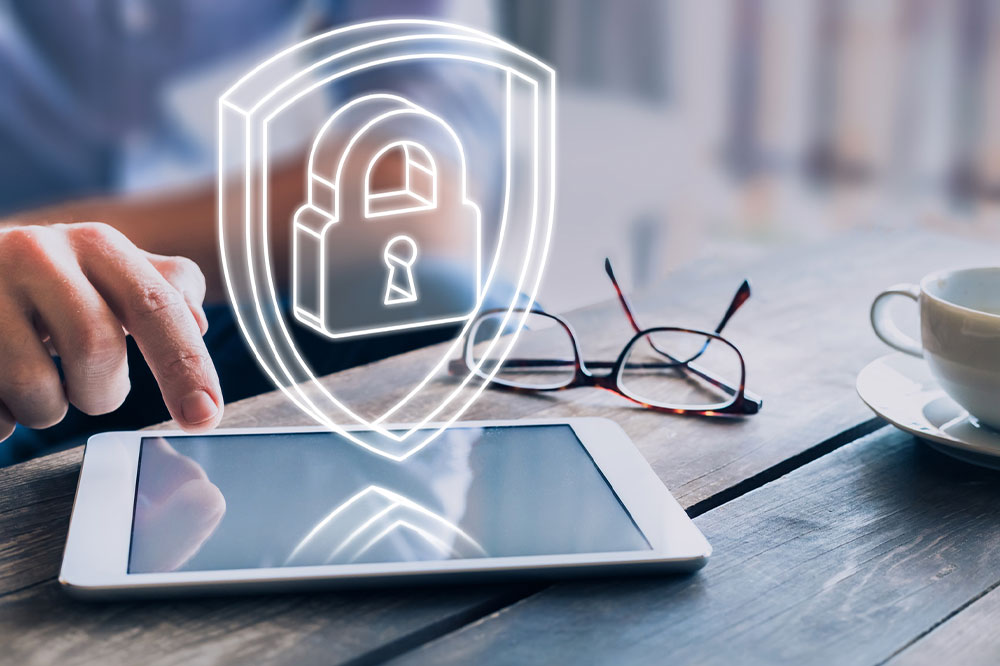Has your device been attacked by a ransomware
The malicious software ransomware does not allow a computer user access to his or her own data after it takes over the computer. This malware is from Crypto virology. Apart from blocking access to the data of the victim, the hijacker may also threaten the victim to publish his or her sensitive information.
While a ransomware may demand a ransom on the assurance that the data will not be published or the encryption will be removed once the ransom is paid, the promise is not always true. A computer expert may be able to remove the milder forms of ransomware.

Various forms of the ransomware attack
Ransomware attack is often in the form of Phishing and Trojan horses. The malware is in the form of legitimate files and the computer user is tricked in some way so that he or she opens and downloads the file.
The ransomware quickly takes over the computer of the victim and the presence of social engineering tools that are often built into the system which helps the ransomware to get administrative access. Other ransomware may also detect the security holes within a computer and exploit them to infect the computer without undergoing any user interaction.The attacker may also pretend to be an authority and can ask for fine when certain prohibited material or pirated software is present on a system.
The other variation of ransomware is called as “doxware” or “leakware”, which involves a threat to publish a sensitive and valuable data of the victim, which is present on the hard drive of the computer. The attacker may threaten the computer user to publish this secret and sensitive content unless ransom is paid.
Prevention of Ransomware attacks
There are a number of steps that you can employ to detect and prevent the Ransomware attack and infection. Have a look at the following steps:
- Keep the computer and its operating system up to date with the installation of updates and patches.
- Avoid the installation of any software of which you are not sure about, and do not provide administrative access and privileges to anything that is suspicious.
- Install a potent and good antivirus software that can detect the malicious programs in real time. The Whitelisting software is efficient to protect your device.
- Keep a backup of all the important files over the cloud or a hard disk on a regular basis.
- Do not open any emails that offer lucrative proposals and offers, and with a file attached to them.
Protection from Ransomware
You can get rid of the malware by rebooting the system to a safe mode and installing potent anti-malware software. You will have to run a scan so that the ransomware program can be traced and subsequently you will have to restore your computer to some other time and state. But even after all these efforts the encrypted files will not be decrypted as the key for encryption of files is with the attacker, who will only provide it to you once you pay the ransom. Business organizations often run cost and benefit analysis to know whether they should pay the ransom or not. Legal authorities always advise against paying the ransom as it will further increase the number of attacks.
The ransomware attacks today even extend to the mobile and smartphone devices. Only proper attention and installation of security and antivirus software can help secure your devices.


